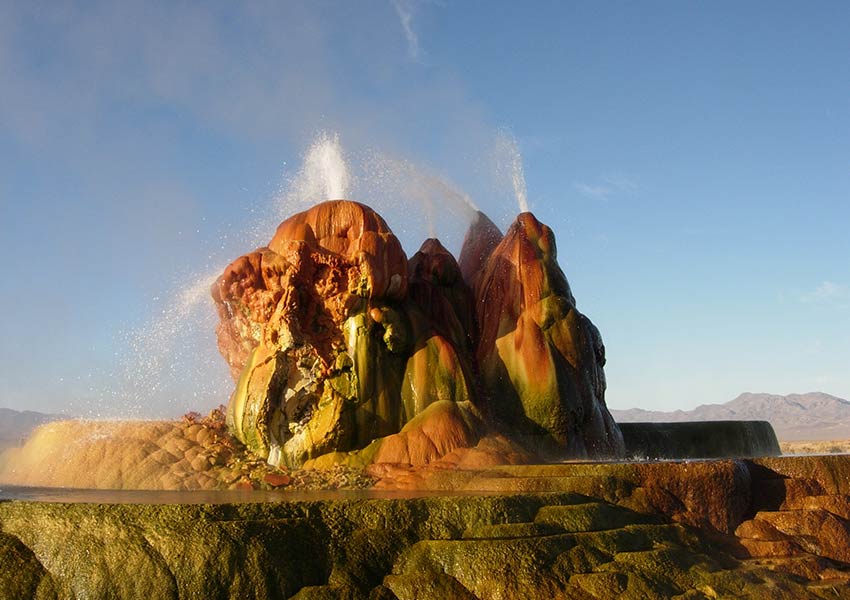By Dorothy Hastings, American Forests
If you are anything like me, you often dream of traveling the world, traversing all seven continents and experiencing their great natural wonders. From its driest deserts to its iciest slopes, our world has so much beauty you could spend your whole lifetime exploring. However, some of the planet’s greatest natural phenomena are right here in the U.S., and you may not even know it.
Sea Sparkle

Along the coasts of the U.S., these bioluminescent organisms known as Noctiluca scintillans light up the sand and waves with their eerie glow. As you step or jump into the wet sand where the waves crash, tiny blue or green lights begin to flash in your footprints. Harmful algal blooms (or red tides) caused by the presence of too many bioluminescent organisms can also produce neon blue waves. Although the electric-colored waves are breathtaking, harmful algal blooms can be dangerous to humans and wildlife, so we wouldn’t suggest going for a swim.
Fulgurites
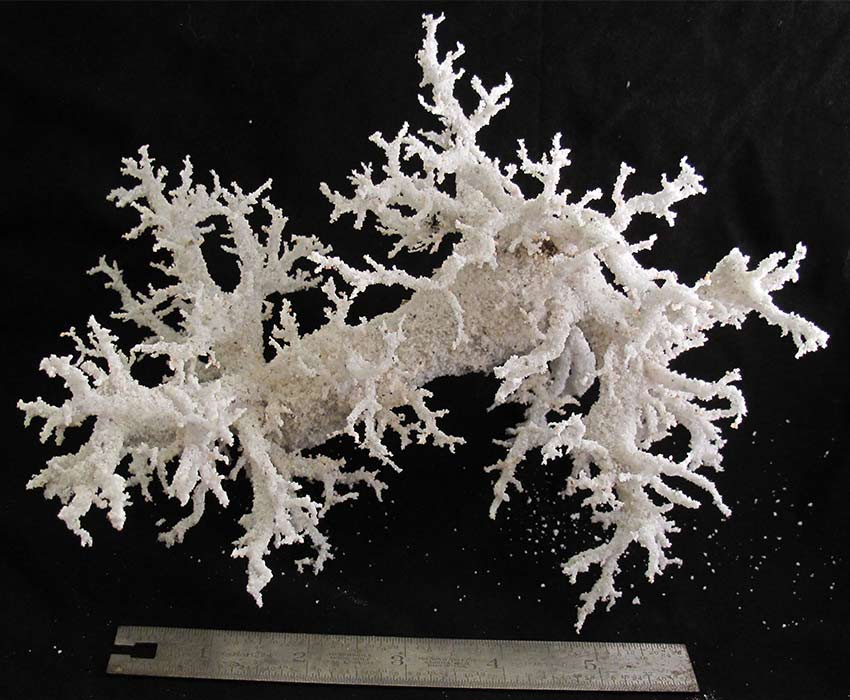
These rare, glass formations are as close as you can get to holding lightning in your hand. They are created when lightning strikes the ground melting the sand on impact, and as the sand rapidly cools it solidifies into a rough lightning-shaped tube with a glassy inside. Fulgurites can also form on the surface of rocks and can be found in the deserts and mountain ranges of the western and southwestern U.S.
Light Pillars
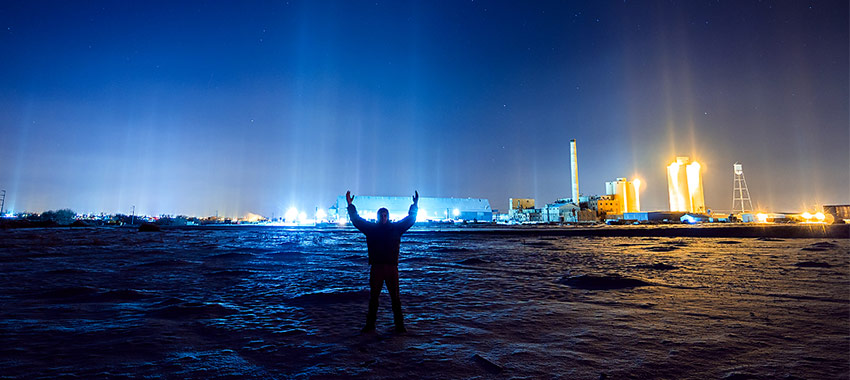
If you are venturing around the northern U.S. on a cold winter night, you may think you are about to be abducted by a UFO when you see this weather phenomena. Light pillars are usually found closer to the Arctic Circle, but have recently been spotted in the Lower 48. They look like lights stretching down from the sky and are formed when ice crystals in the air reflect surrounding light sources. They can even reflect a rising or setting sun, giving them a warm tinted glow. When they occur with the Northern Lights, they reflect its hypnotizing colors across the sky.
Synchronous Fireflies
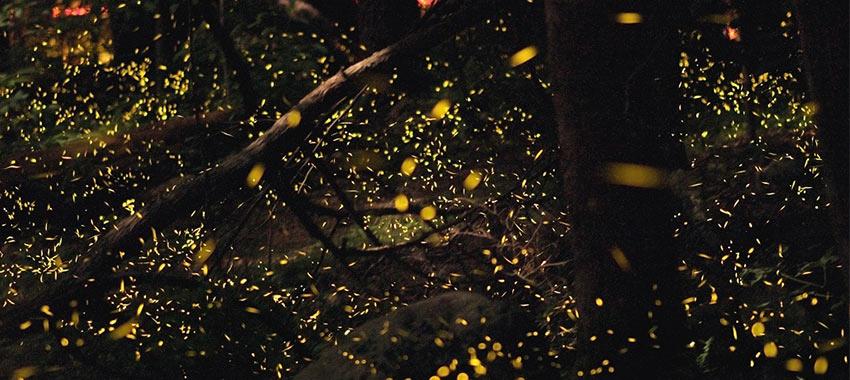
There is only one species in the U.S. who can match their flash sequences with each other, and the best place in the western hemisphere to witness it in all its glory is at Great Smoky Mountains National Park on the border of Tennessee and North Carolina. Nineteen different species of firefly live in the park, and each have unique flashing patterns. Photinus carolinus is the species of synchronous firefly found in the eastern U.S., and they put on their show during the height of their mating season in late-spring. In the Smokies, these synchronous fireflies exist in heavy numbers and their shows are more impressive and climactic than in areas with notable light pollution.
Fly Geyser, Nevada
Geysers are definitely some of the natural wonders of the U.S., with Yellowstone National Park containing around 500 geysers, spurting out boiling water at different heights, angles, shapes and speeds. However, Yellowstone isn’t the only place with these magnificent fountains. Although some may not classify Fly Geyser in Nevada as being a completely natural phenomena, nature has turned Fly Geyser into one of the most beautiful geysers in the world. Located in Fly Ranch in the Black Rock Desert, this geyser was accidentally created after an energy company drilled a well and then abandoned it as the boiling water underneath it was not suitable for their purposes. Overtime, mounds formed and a combination of minerals and algae from the water spewing out have turned the geyser into a surreal rainbow color. The geyser is about 5 feet tall and 12 feet wide, and is located on land owned by Burning Man Project, which has recently opened it up for public tours.
Rock Formations
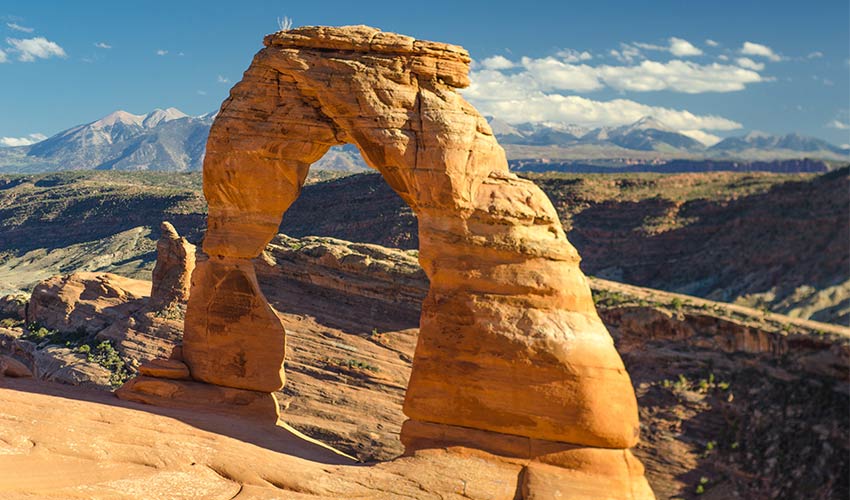
Ice Waterfalls
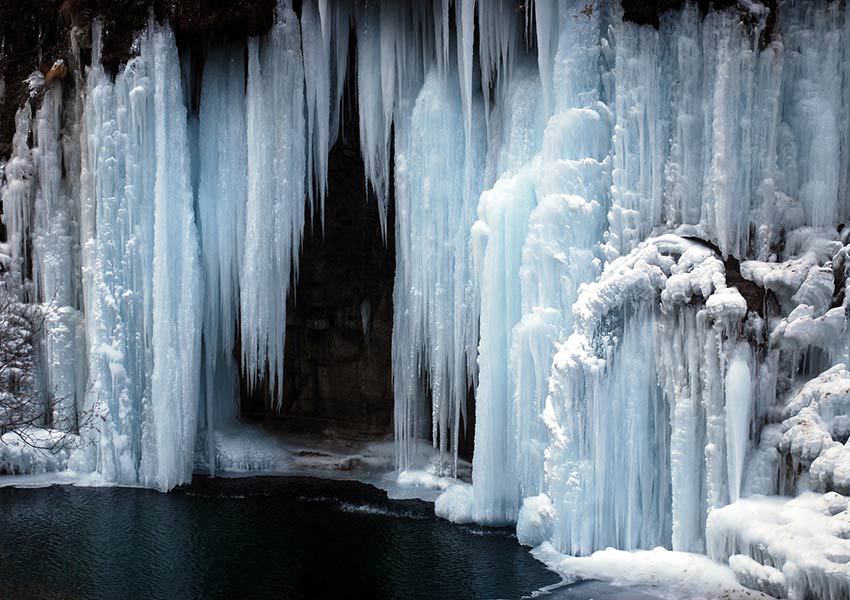
In the winter, many of the America’s spectacular flowing waterfalls freeze over and become towering ice statues and caves. There are plenty to behold across the northern U.S., and every winter thousands of ice climbers risk their lives to get to the top of these frozen falls.
